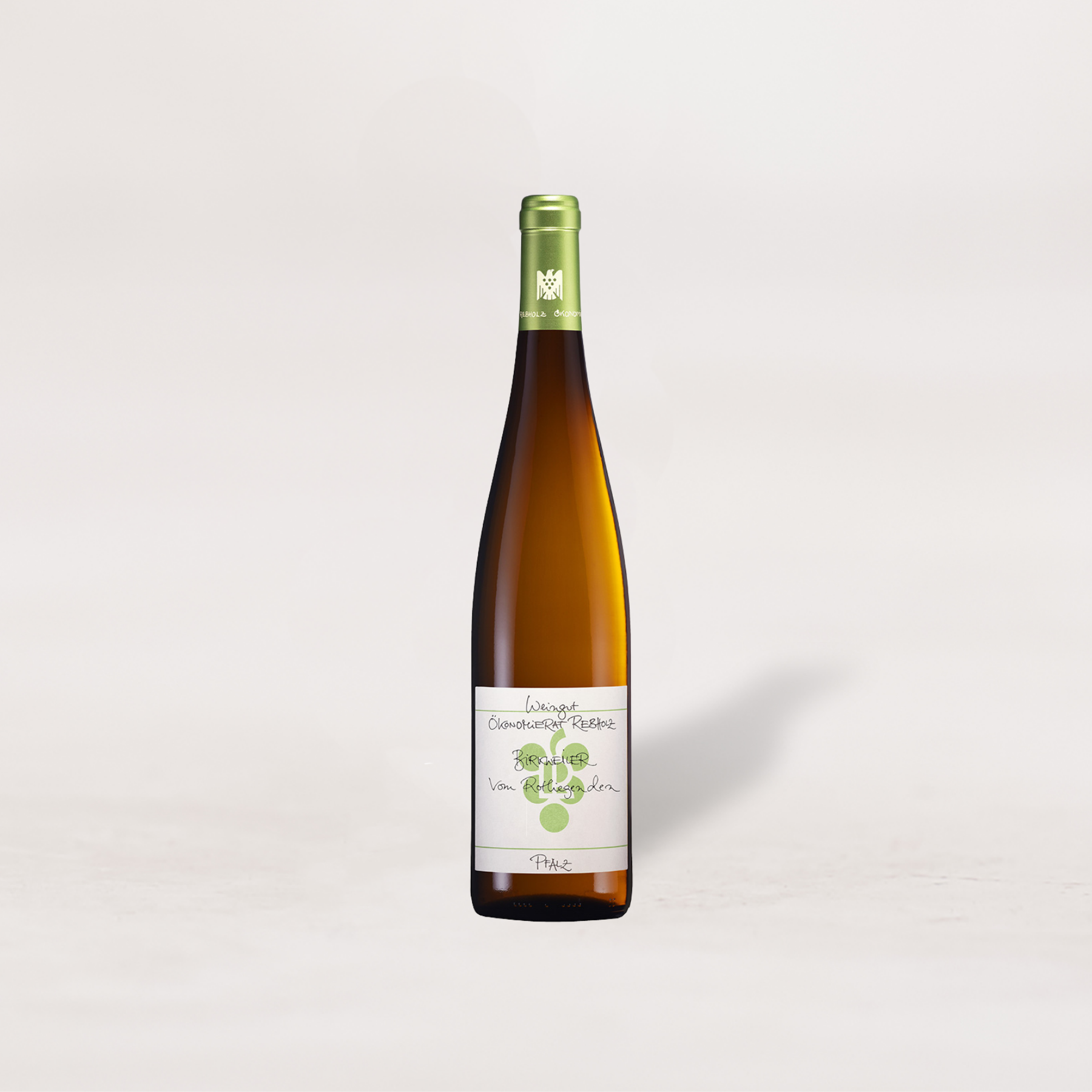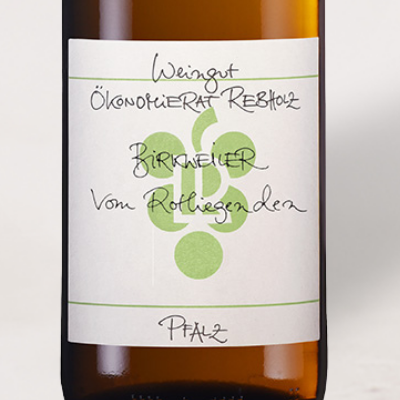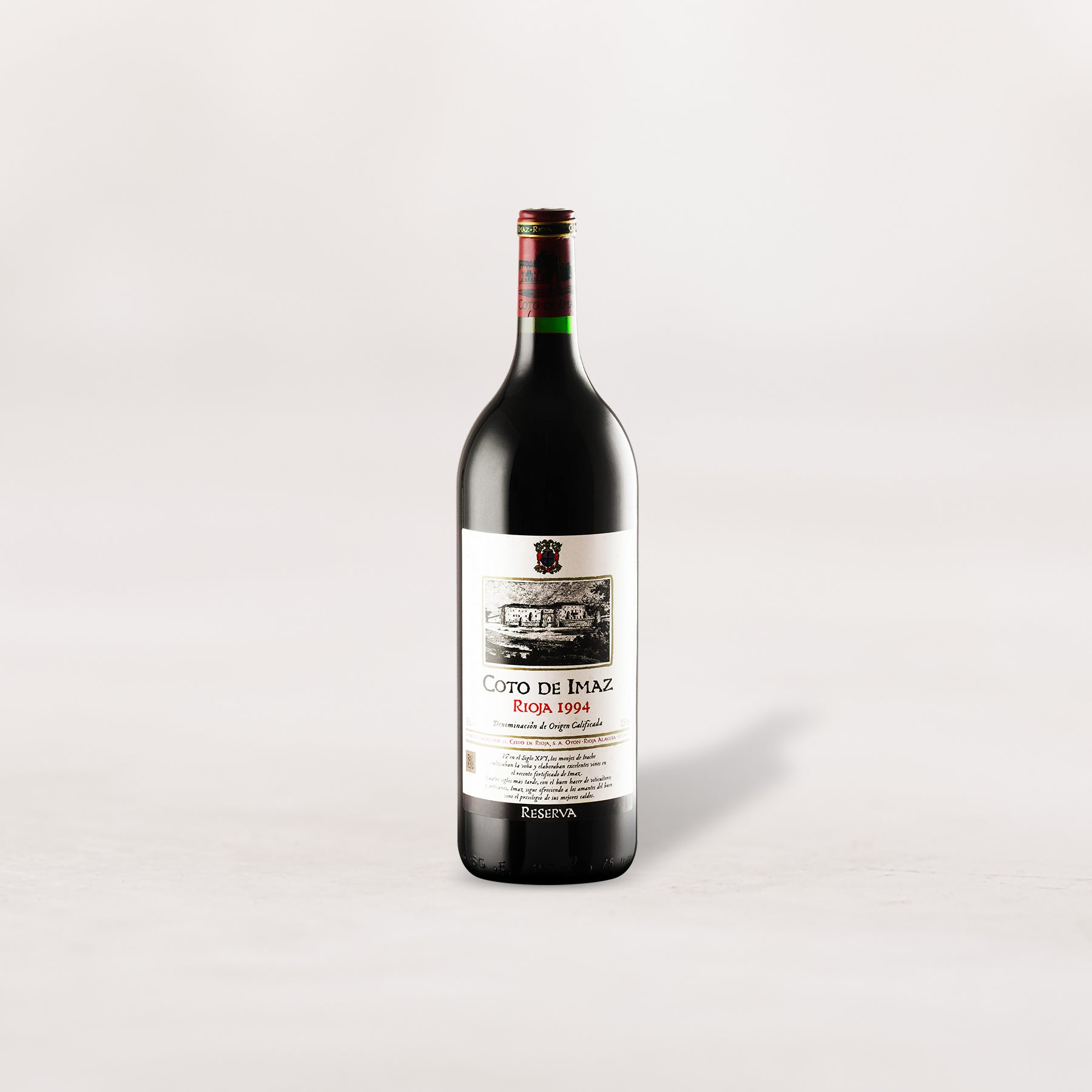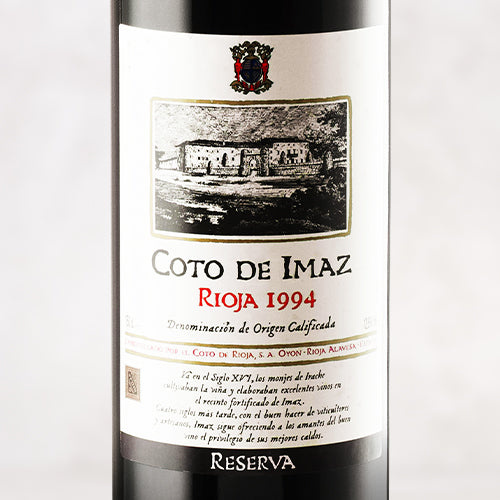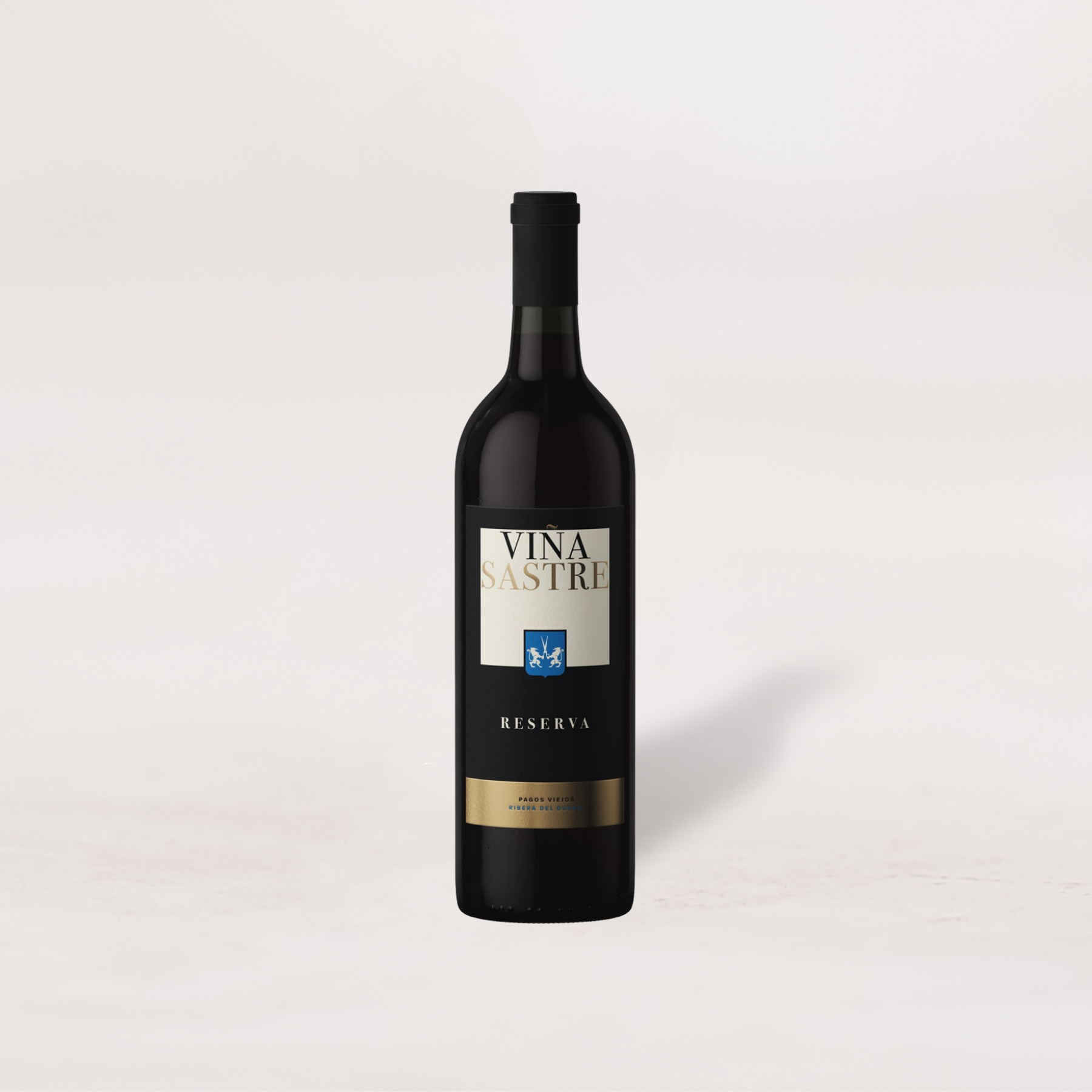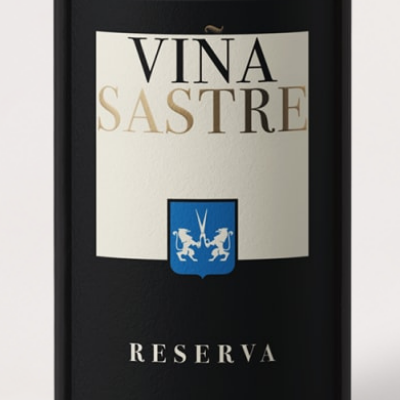When I think of traditional French reds with tectonic-shifting power and inexhaustible cellar lives, one always comes to the fore: Château Pradeaux. This towering, all-powerful Bandol is a vinous Master Class on concentrated ferocity and brooding minerality. Its haunting façade seems to have been built from liquified cassis, violet, and black rock that, with time, will give way to the intricate beauty and refinement that lies deep within. Thankfully, Pradeaux always does a generous amount of aging for you: Each hand-crafted bottle of Bandol Rouge develops for four years in old casks, then bottle, before a public release. However, to truly familiarize yourself with the hallmarks that made Pradeaux a living legend it would be ideal to let this wine sleep for a decade or more. But that shouldn’t deter you from opening a bottle now: Decant it for one, two, even three hours, to reveal the Mensa-level intelligence and insane depth of this iconic wine. Enjoy!
I can think of few world-class wine appellations that have changed so dramatically in style and technical definition as Bandol. In decades past, Bandol represented the Provençal equivalent of the greatest Barolo or Left Bank Bordeaux—it was the epitome of dark, deeply complex red wine that demanded many patient years in barrel and bottle before revealing its true glory. Bandol was overwhelmingly dominated by the tannic and unforgiving Mourvèdre grape, mercilessly fermented in whole clusters, then aged for years in enormous old oak barrels before release to the American market (where it still demanded additional years in cellar before optimal consumption!). There was no “drink now” Bandol or “modern” Bandol—there was only Bandol, the singularly brooding expression of Provence’s most unforgiving terroir.
Fast-forward to the present day, wherein the majority of red wine produced in Bandol comes in the form of young-drinking, softer style of reds. Many incorporate a large percentage of overripe Grenache, 100% destemming, aging in small new oak barriques, and end with a release date that just barely satisfies the AOC’s minimum 1.5-year aging requirement. To put this in context, I wouldn’t fault an experienced taster for confusing many modern Bandols with Côtes du Rhône or some modern Spanish reds. Château Pradeaux, meanwhile, rests at the completely opposite end of this historic and stylistic continuum. The property’s reds are proudly 95-100% Mourvèdre. Pradeaux naturally ferments its grapes in the traditional whole-cluster method and resulting wines are aged in enormous neutral oak foudres and ovals for four (!) years before bottling.
The result is a powerful red with a complexity and depth of character all its own. Because of this uncompromising approach in the vines and in the cellar—and above all, because of one family’s integrity and undying patience—Château Pradeaux’s reds continue to carry the torch for the classic Bandol of yesteryear. Cyrille Portalis (whose family has farmed Château Pradeaux since before the French Revolution) is the current patriarch of the family property and he maintains all traditional processes: Vines younger than 25 years are jettisoned to rosé production, leaving only the old, wizened trunks for Pradeaux’s reds. All fruit is harvested by hand, and everything from the grape varieties to the giant old barrels in the family’s cellar remain as they were in the 1960s.
Today’s Bandol Rouge always consists of at least 95% Mourvèdre, a hardy and thick-skinned grape that generates a wild brute of a wine. And while this reigns as one of the most tannic and ferocious reds on the planet (young Barolo included), there is an underlying suppleness and dark-fruited generosity to it all. Still, we recommended a minimum one hour decant (the longer the better!) before service in large Bordeaux stems if consuming one now, while preserving the lion’s share of your haul for many years to come—10, 20, even 30. This doesn’t just leave a lasting impression, it dominates your thoughts, and with time, it will become a sweet, indelible memory. Pradeaux is an unforgettable look into the haunting world of Bandol!
